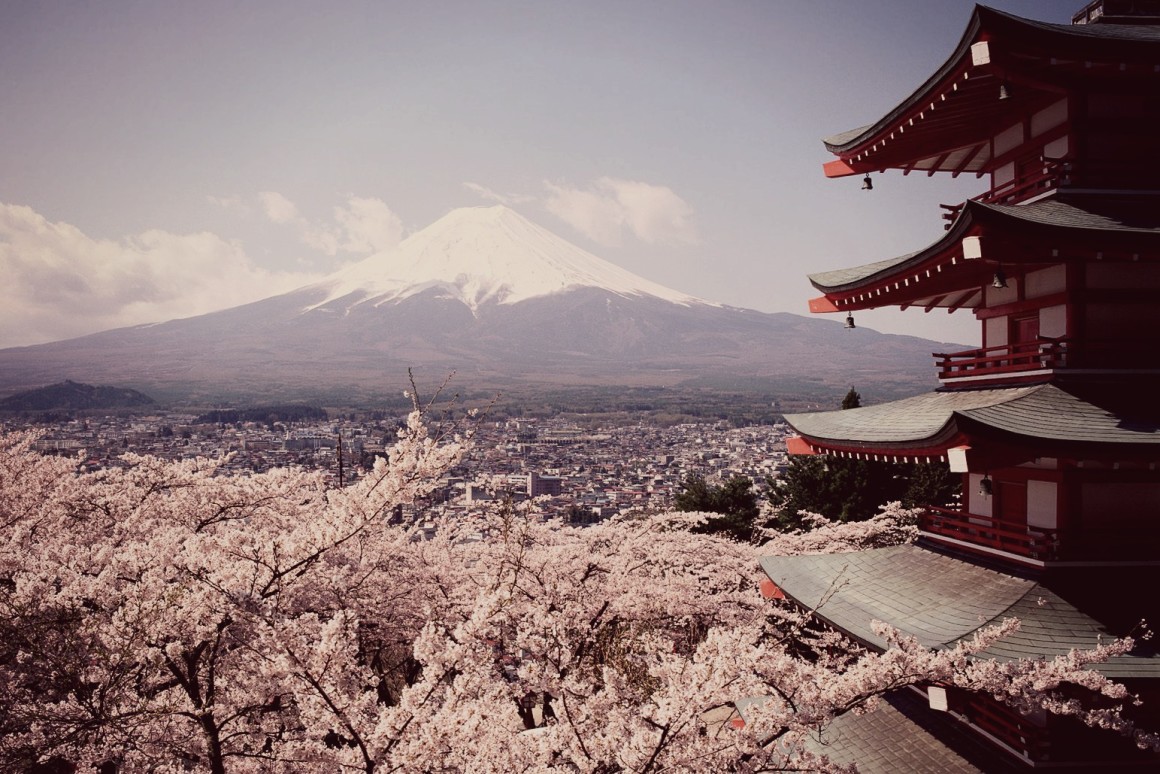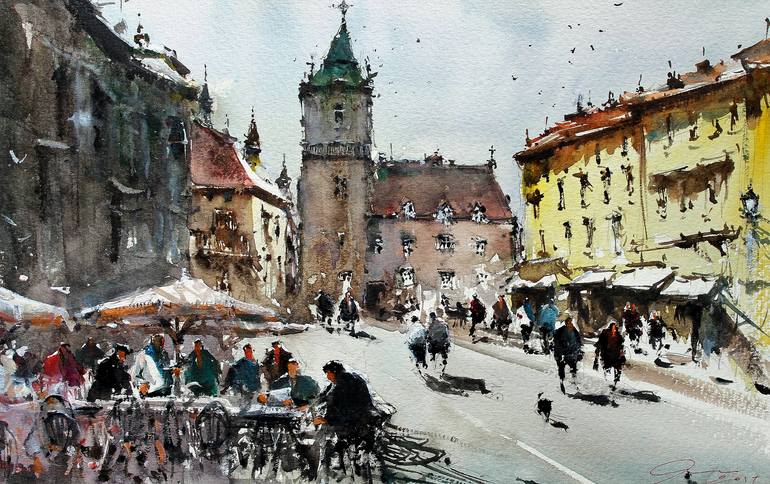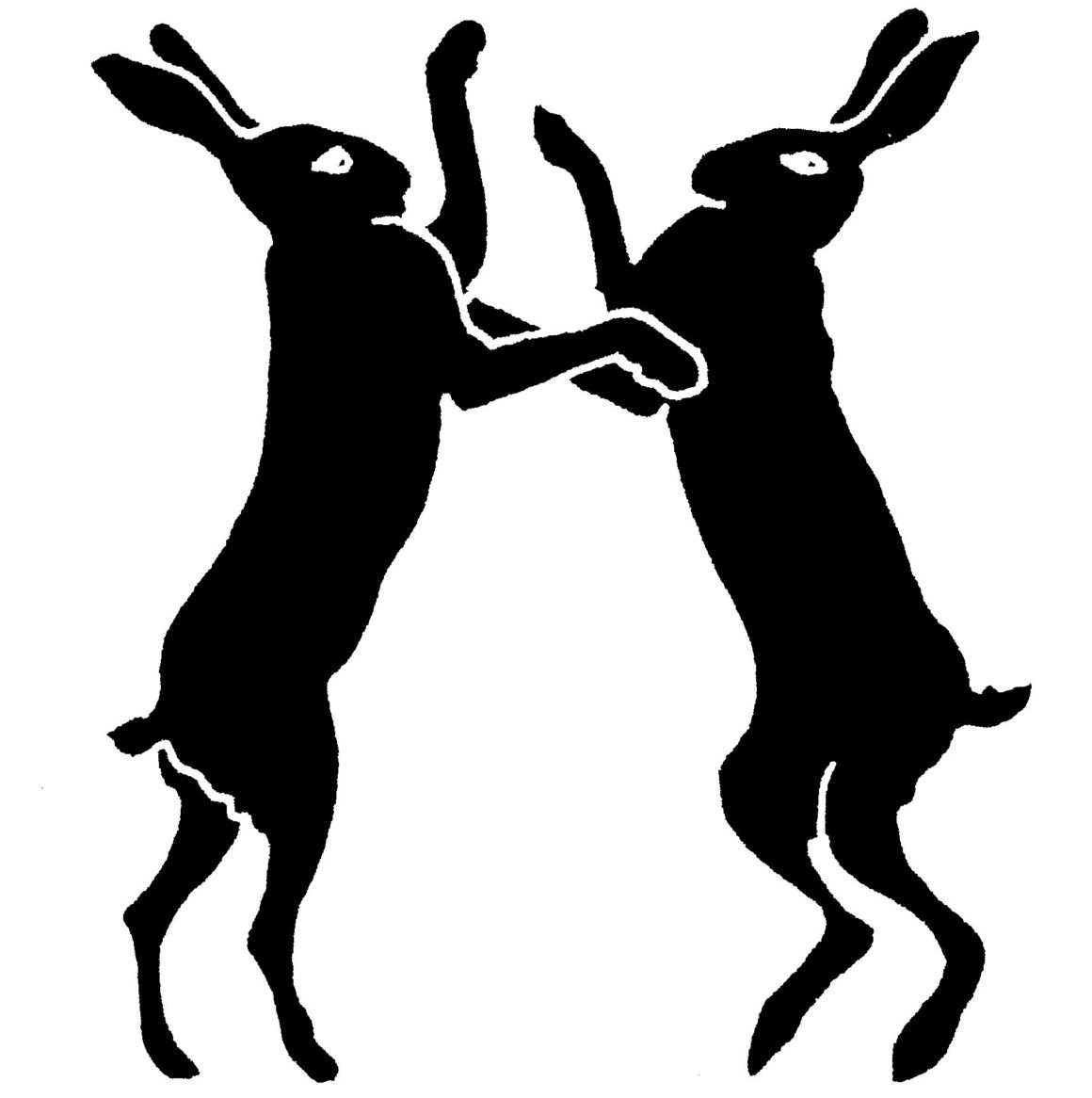It was in 1990 when T. J. G. Harris, my mentor of poetry and a regular contributor to P N Review at that time, kindly gave me The Irish for No and Belfast Confetti, saying ‘the poet might have something.’ Through these Bloodaxe paperbacks, I was initiated to Carson’s newly invented style of long lines. In summer 1994, I attended the Yeats Summer School in Sligo and saw the poet read, talk, sing and play the flute on stage at the Hawk’s Well Theatre; two years later I became audacious enough to sneak into the launch of Last Night’s Fun in Belfast. In the following period Carson generously spared time to answer my questions in his native city and, in 1997, he came to Tokyo to give readings and lectures. Reading some of his fanciful sonnets based on his experiences in Japan from The Twelfth of Never, I felt like turning into a rug and being hung on the walls of the bars where they were conceived : I am proud to say that I know what ‘The Tobacco and Salt Museum’ in Tokyo is like and where ‘the Vodka Bar’ and ‘the Fish Bar’ are located, where the Irish guest was supposed meet ‘The Irish Exile Michael Hinds’ and other ‘Irish exiles.’ Inebriated by his poetry, I have written several articles on Carson and translated his poems into Japanese.
Fishing for Amber, however, drastically expanded my hitherto academic and somewhat arid reading of Carson’s works. I translated the book into Japanese and it appeared in 2004. On its publication, the book received exceptionally favourable and extensive reviews, considering the translator’s inexperience. The Japanese people’s predilection for storytelling and for compiling folktales, religious tales, ghost stories, and even jokes — the oldest collection dating back to the ninth century — might also explain the warm reception. Masayo Koike, poet, has written in her review for The Asahi Shinbun: ‘Once you begin reading it, it is as if brimming soup floods the plate onto the table, then to the floor, and further downstairs — stories are told successively, linking themselves subtly to the next. . . . What we have before our eyes is a super-narrative with numerous snags, which, as a whole, is like a beehive, complex and enchanting.’ This coincides with Mandelstam’s comment on the structure of The Divine Comedy quoted by Heaney, ‘The work of these bees, constantly keeping their eye on the whole, is of varying difficulty at different stages of the process.’ Koike obviously has a firm grip of the marvelous composition of Fishing for Amber.
The pebbles of amber shed by Carson have already been picked up here, on the easternmost edge of Eurasia: Koike has a poem entitled ‘A Rock on the Lid of the Well’, in which non-egotistical imagination is likened to an empty well, and reminds the poet of ‘an old Irish tale’ explaining the origin of Lough Neagh. She closes the poem with a quote from the ‘beehive’ book:
‘But keep the door locked fast,
When no one’s in.’
You, as a boy, must be the one who had removed
The rock which was on the lid of the well.
Another poet, Yasuhiro Yotsumoto, has written a long poem called “Pitiless”, whose setting is in the Eurail carriage, jolting along the Straits of Dover. The ghost of Keats on his way to Rome appears, sips at the small bottle of Beefeater in his hand, and confides:
I just glimpsed pieces of poetry
Washed up on the shores of reality —
Sparkling like pebbles of amber.
Combing those windblown shores I bent down
To pick them up with my chapped fingers.
I was never, ever, without serious intents.
Yotsumoto also winks at Jan Both who had explained in Fishing for Amber ‘that our Dutch language has four words for “horizon”, each distinguished by its different properties and depths’ in the ‘Opium’ chapter:
Is it true that the Dutch language has
Four words for ‘horizon’?
The horizon of language floats up and down
Beneath our eyes like the abdomen of Venus —
Sumatra Sea seen by Rimbaud, the Sea of Suguga, Hokusai.
This poem opens a linked verse entitled “Horizon”, the title obviously provided by the second line, and the forty linked poems in all were collaborated by a group of five poets, three from Japan and two from Holland.
It is fascinating to observe how Carson’s deftness in retelling stories inspire Japanese poets, leading them to modify the Carsonesque to accommodate their own demands. Recently Yotsumoto goes further to adapt from his own literal translations of Western poets including Dante, Blake, Dickinson and Rilke among others, so that he can ‘experience’ their poems rather than ‘consume’ them. As Ovidian tales and hagiographies told in different voices by Carson make the English language revitalized, so the Japanese poet, appropriating those poems, tries to restrengthen his own language and to revise an imaginary map of his transnational republic of poetry.
To add a few more words for my own part as a translator, it was a vivifying experience to give a diversity of tones and different sets of vocabulary when impersonating the voices that comprise Fishing for Amber. I am happy to announce that Shamrock Tea in my rendition is already in the hand of its publisher, Tokyo-Sogen-sha, which will appear later this year. No other publisher would be more suitable because Tokyo-Sogen-sha is one of the oldest houses known in Japan for its continuous publications of detective stories, to which the book pays homage!
*Quotes from Japanese are in my translations.





